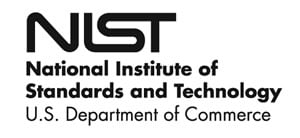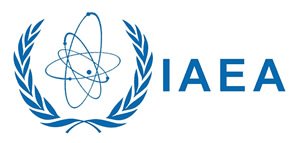RSS feed source: National Science Foundation
Synopsis
Vulnerabilities in an open-source product and/or its continuous development, integration and deployment infrastructure can potentially be exploited to attack any user (human, organization, and/or another product/entity) of the product. To respond to the growing threats to the safety, security, and privacy of open-source ecosystems (OSEs), NSF is launching the Safety, Security, and Privacy for Open-Source Ecosystems (Safe-OSE) program. This program solicits proposals from OSEs, including those not originally funded by NSF’s Pathways to Enable Open-Source Ecosystems (POSE) program, to address significant safety, security, and/or privacy vulnerabilities, both technical (e.g., vulnerabilities in code and side-channels) and socio-technical (e.g., supply chain, insider threats, and social engineering).
Although most open-source products are software-based, it is important to note that Safe-OSE applies to any type of OSE, including those based on scientific methodologies, models, and processes; manufacturing processes and process specifications; materials formulations; programming languages and formats; hardware instruction sets; system
Click this link to continue reading the article on the source website.


